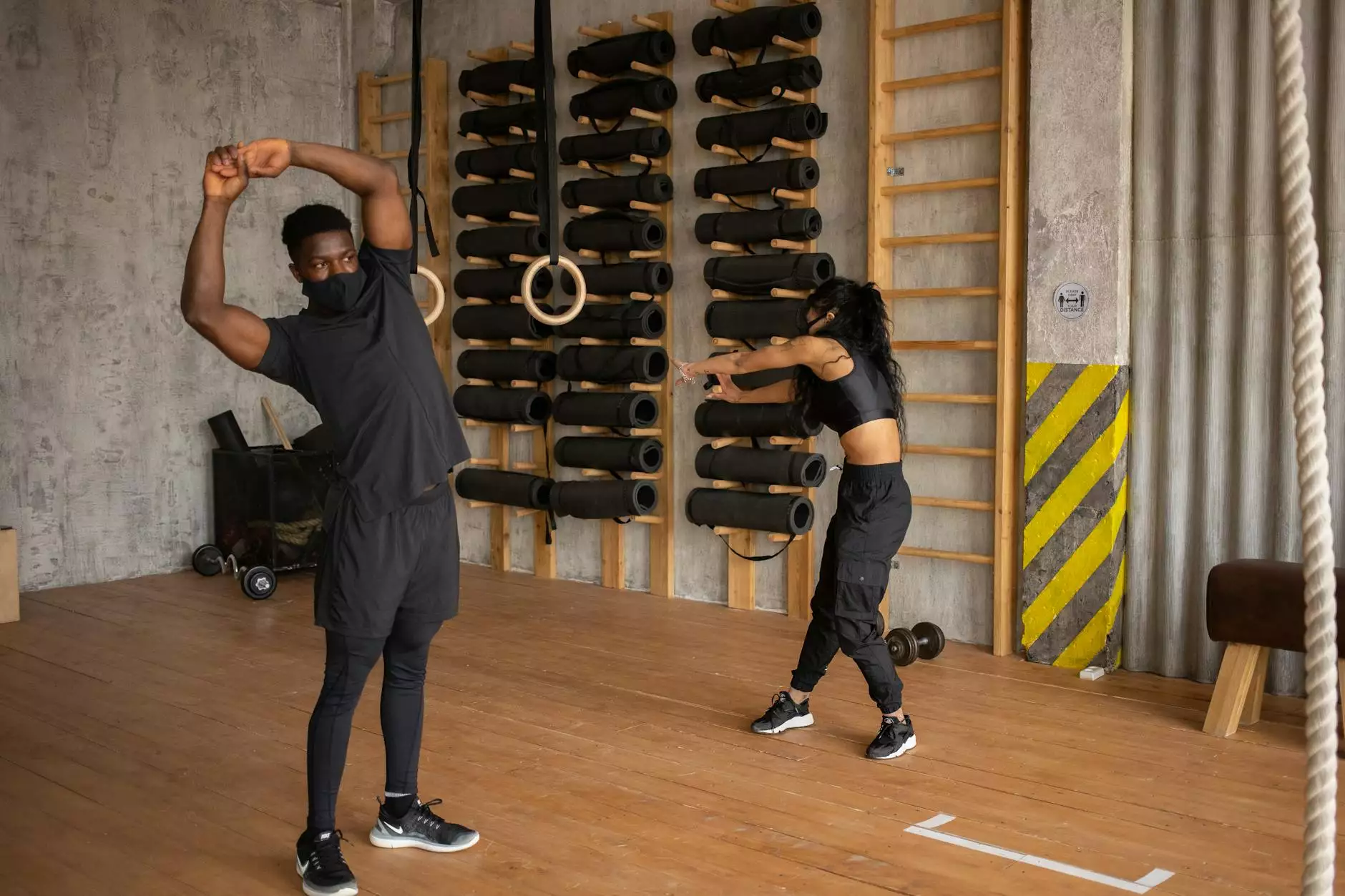Should I Sit on the Ball?
Blog
Welcome to Thrive Rolfing, your trusted source for alternative and natural medicine. In this blog post, we will delve into the topic of sitting on a ball and its potential benefits for your posture and overall well-being. We will explore the science behind this practice and how it can positively impact your lifestyle. Read on to get valuable insights and guidance on incorporating this alternative approach into your daily routine.
The Science Behind Sitting on a Ball
Sitting on a ball, also known as an exercise or stability ball, has gained popularity in recent years as an alternative form of sitting. Many individuals have found that regular sitting on a ball can help improve their posture, strengthen core muscles, and increase overall stability. The concept behind this practice lies in the ball's unstable surface, which requires the engagement of various muscle groups to maintain balance.
By sitting on a ball, you engage your core muscles, which play a vital role in maintaining a healthy and well-aligned spine. This engagement helps improve your posture over time, reducing the likelihood of developing common postural issues, such as rounded shoulders or a forward head posture.
Moreover, sitting on a ball can be an effective means to activate deep stabilizing muscles, including the multifidus muscles along the spine. These muscles help support the spine's natural curvature and distribute the load evenly, reducing the strain on individual vertebrae and supporting overall spinal health.
Benefits of Sitting on a Ball
The benefits of sitting on a ball extend beyond posture improvement. Regular use of a stability ball can also help:
- Enhance Core Strength: The unstable nature of the ball requires continuous engagement of the core muscles, leading to improved core strength and stability.
- Activate Supporting Muscles: Sitting on a ball engages various muscle groups, including the back, abdominal, and leg muscles, helping to activate and strengthen them.
- Improve Balance and Stability: Balancing on a ball challenges your body's equilibrium, thereby improving your balance and stability.
- Alleviate Back Pain: The activation of deep stabilizing muscles and improved posture can help alleviate back pain caused by muscle imbalances or poor alignment.
- Increase Energy and Focus: Sitting actively on a ball can increase blood circulation, delivering more oxygen to your brain, resulting in enhanced energy levels and improved focus.
How to Incorporate Sitting on a Ball into Your Routine
To start incorporating sitting on a ball into your routine, follow these guidelines:
- Choose the Right Size: Ensure that you select a stability ball appropriate for your height to ensure optimal ergonomic support.
- Gradual Transition: Begin by sitting on the ball for short periods, gradually increasing the duration as your muscles adapt to the new sitting arrangement.
- Engage Your Core: Maintain an upright posture and engage your core muscles throughout the day while sitting on the ball.
- Alternate with Regular Chairs: Mix sitting on the ball with sitting on a regular chair to prevent overexertion and provide variation throughout the day.
- Consult with a Professional: Consider consulting with a qualified healthcare professional or alternative medicine practitioner, such as a Rolfing specialist, to ensure this practice aligns with your specific needs and goals.
Your Partner in Health - Thrive Rolfing
At Thrive Rolfing, we promote natural and alternative approaches to enhance your health and well-being. Our team of dedicated professionals understands the positive impact sitting on a ball can have on your overall lifestyle.
As Rolfing specialists, we can assist you in better understanding the science behind sitting on a ball and its potential benefits for your posture and core strength. With our expertise and guidance, you can incorporate this practice into your daily routine effectively. Reach out to us today to schedule a consultation and start your journey towards improved health and vitality.




